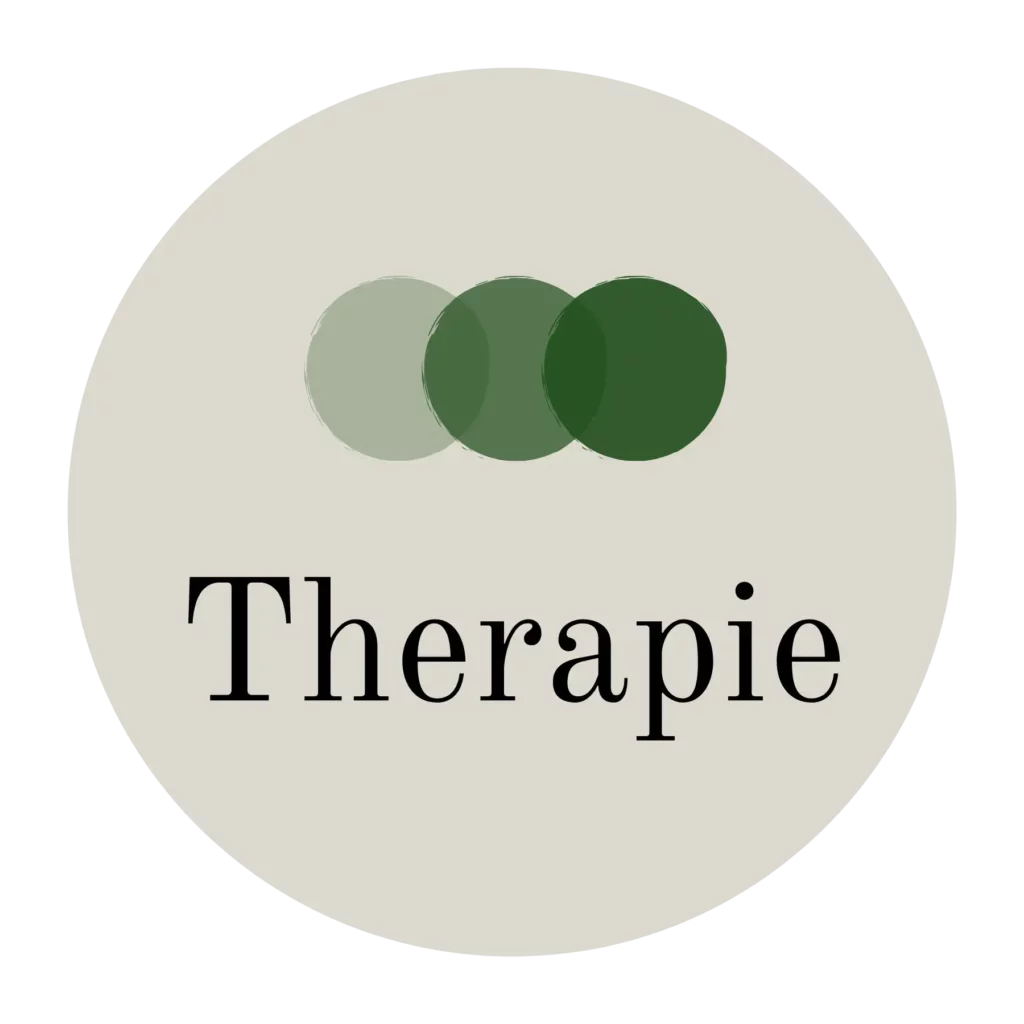
Depression is so much more than a person just feeling sad. Sadness is something everyone experiences from time to time, and depression is a mental health condition that affects several areas of a person’s life, such as their mood, energy, and thoughts.
How are professionals supposed to tell the difference between the temporary emotions and a diagnosable disorder? Understanding how depression is diagnosed can help people recognize when to seek help. It can also help them know what to expect during an evaluation. Let’s learn more about how depression is diagnosed.
Understanding the Symptoms
The first step in diagnosing a person with depression is to look at the symptoms that they’re experiencing. Below are some of the most common signs of depression, though every experience is unique:
- changes in sleeping or eating habits
- experiencing feelings of hopelessness or guilt
- fatigue
- loss of interest in activities
- persistent sadness
- trouble concentrating
Mental health professionals pay close attention to how long these symptoms have been present. If they’ve been present for at least two weeks and if they interfere with daily functioning, it can be a red flag or a sign that there’s a larger issue.
Clinical Interviews
The next step in diagnosing depression is conducting a clinical interview. A doctor, psychologist, or licensed therapist typically conducts a detailed interview with their clients. This helps them get to the bottom of what’s going on with a person so they can more accurately diagnose them.
During this interview, a professional will ask about their mood, behaviors, medical history, family history, and life stressors. These answers help to rule out other conditions and understand the full picture of a person’s mental health. Conversations like these are confidential and meant to be supportive rather than judgmental.
The Diagnostic Criteria and Tools
Professionals often use standardized guidelines to help them confirm a diagnosis or diagnose depression. Guidelines like the DSM-5 (the Diagnostic and Statistical Manual of Mental Disorders) or the ICD-10 (the International Classification of Diseases) are commonly used for this purpose.
With the help of these guidelines, professionals look for patterns that match the defined set of criteria for depressive disorders. Sometimes, questionnaires or rating scales, such as the PHQ-9, are used to measure the level of severity and help to track progress.
Ruling Out Other Mental Health Conditions
Medical conditions, medications, and substance use can mimic the symptoms of depression. When diagnosing depression, it’s important for a mental health professional to also take the time to rule out different issues. Physical exams or lab tests may be conducted to rule out things like thyroid issues, vitamin deficiencies, or other health problems.
What Happens After a Diagnosis
Receiving a diagnosis is just the first step. Once depression is identified, a mental health professional will work with their patient to create a personalized and tailored treatment plan. This plan will be based on each person’s unique diagnosis, history, life experiences, symptoms, wants, needs, and overall goals of treatment. A treatment plan may include therapy, lifestyle changes, medication, or a combination of different approaches.
The Point of Diagnosis
Diagnosing depression is a careful process. It involves understanding a person’s symptoms, asking the right questions, and ruling out any causes or overlapping conditions. The purpose of the process is not to label someone as being depressed. It’s about finding the right support and treatment plan for healing.
Closing Thoughts
Depression is a common but serious mental health condition. If you think that you or a loved one is struggling with depression, reaching out to a mental health professional for added support through depression counseling is a great first step toward feeling better again. Don’t delay getting the help you need and deserve.

